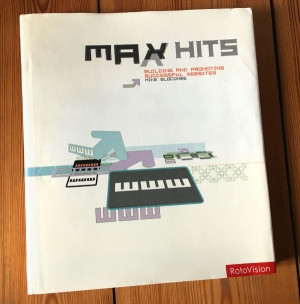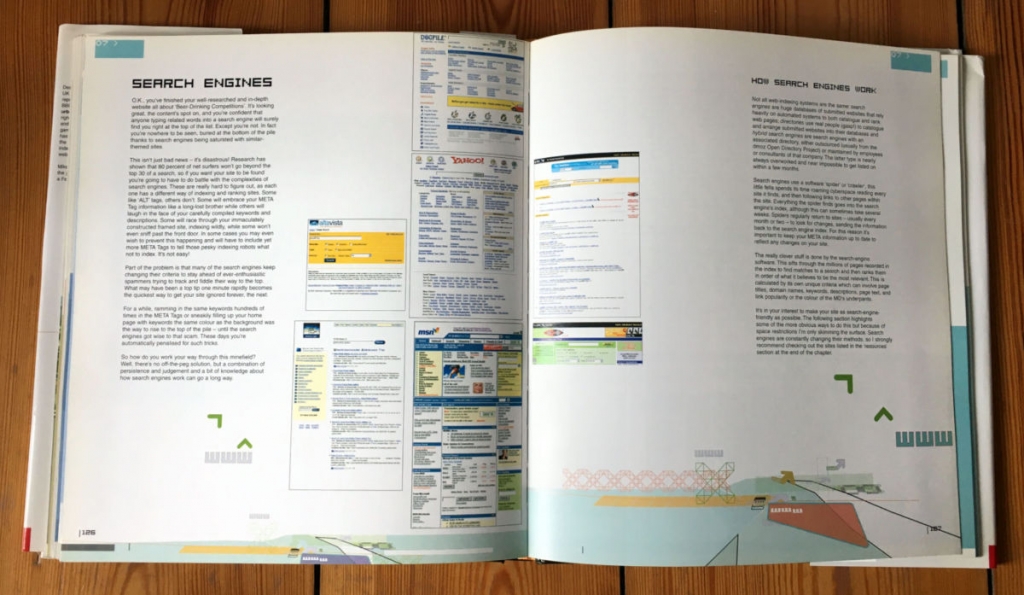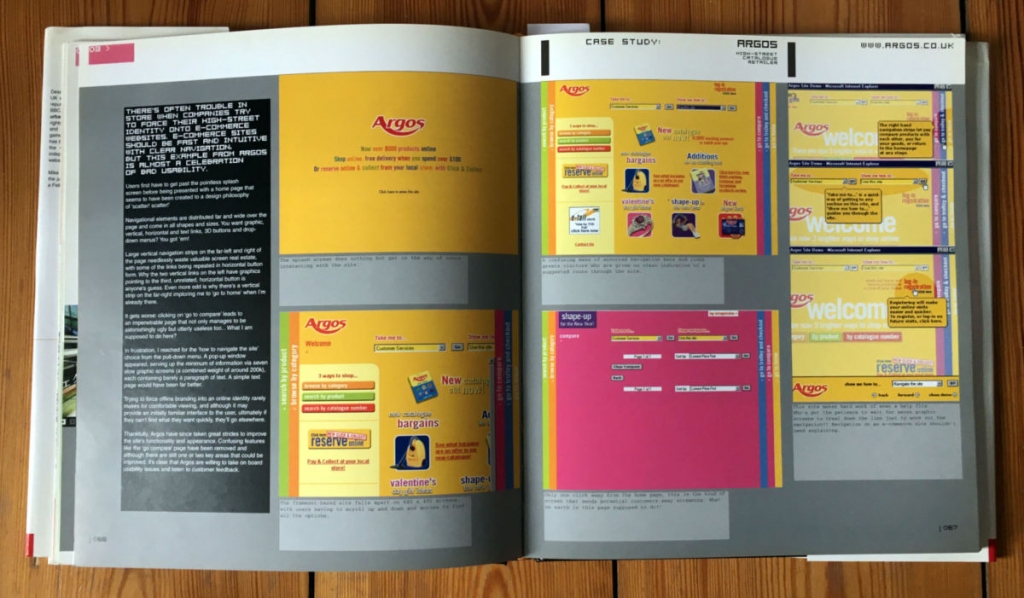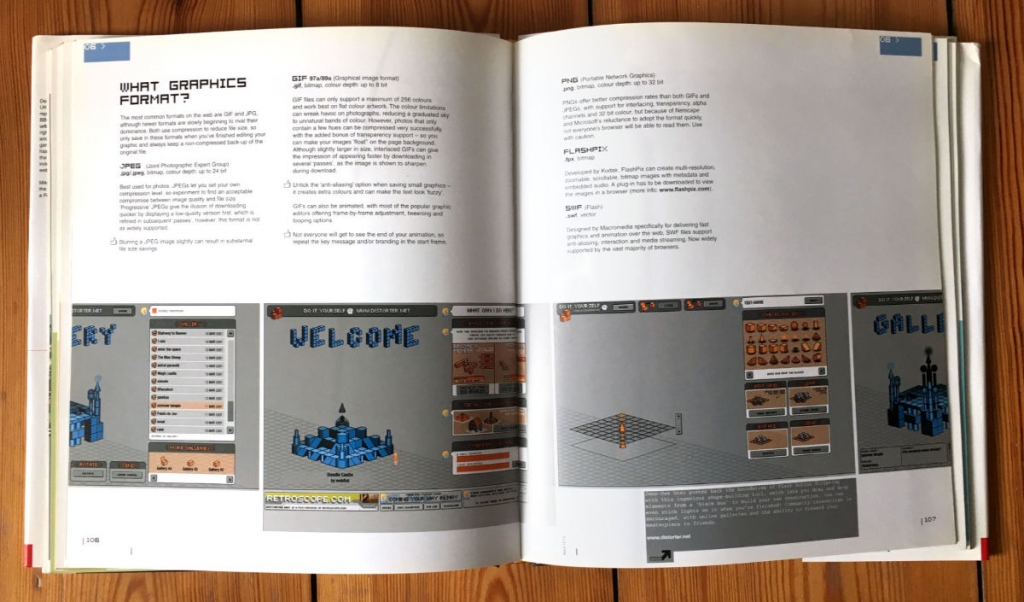I started building websites when I was at university in the late nineties. It was a time when Internet Explorer was overtaking Netscape as the main internet browser and Google was starting its search dominance, while its logo still looked like this:

It was a number of years before WordPress saw the light of day, HTML tables and frames ruled the world wide web, social media was in its infancy and responsive web design was still more than a decade away.
Thinking back, it does seem like another era and in many ways it was. The excitement to share knowledge and research, to connect with people, was driving a lot of people to start using the internet – and also to build their own websites.

When clearing out old books lately, I came across a lovely publication called Max Hits: Building and Promoting Successful Websites, written by Mike Slocombe and published by RotoVision in 2001.
It presents a combination of:
- Web history
- How-tos for designers and developers
- Case studies
- Industry bashing
- Personal observations
The examples of websites included is remarkably eclectic. It showcases large sites such as TATE and Argos (the latter is in for a rough ride), but the main focus is on alternative and creative sites, anything from the author’s own urban75 site about raves, politics, football and photography, to campaigning sites, musicians, designers and downright silliness.

Personal development
This book taught me a lot at the time.
It showed how to be creative, how to find your own style, how to figure out what is important in terms of building websites and getting them noticed. As well as what jargon and behaviour you could put in the bin.
Unfortunately the website accompanying the book – max-hits.net – seems to have given up in early 2015, now instead being run by a travel blogger. But of course, you can still see it in the Wayback Machine and buy your own copy of the book for a trip down memory lane.



